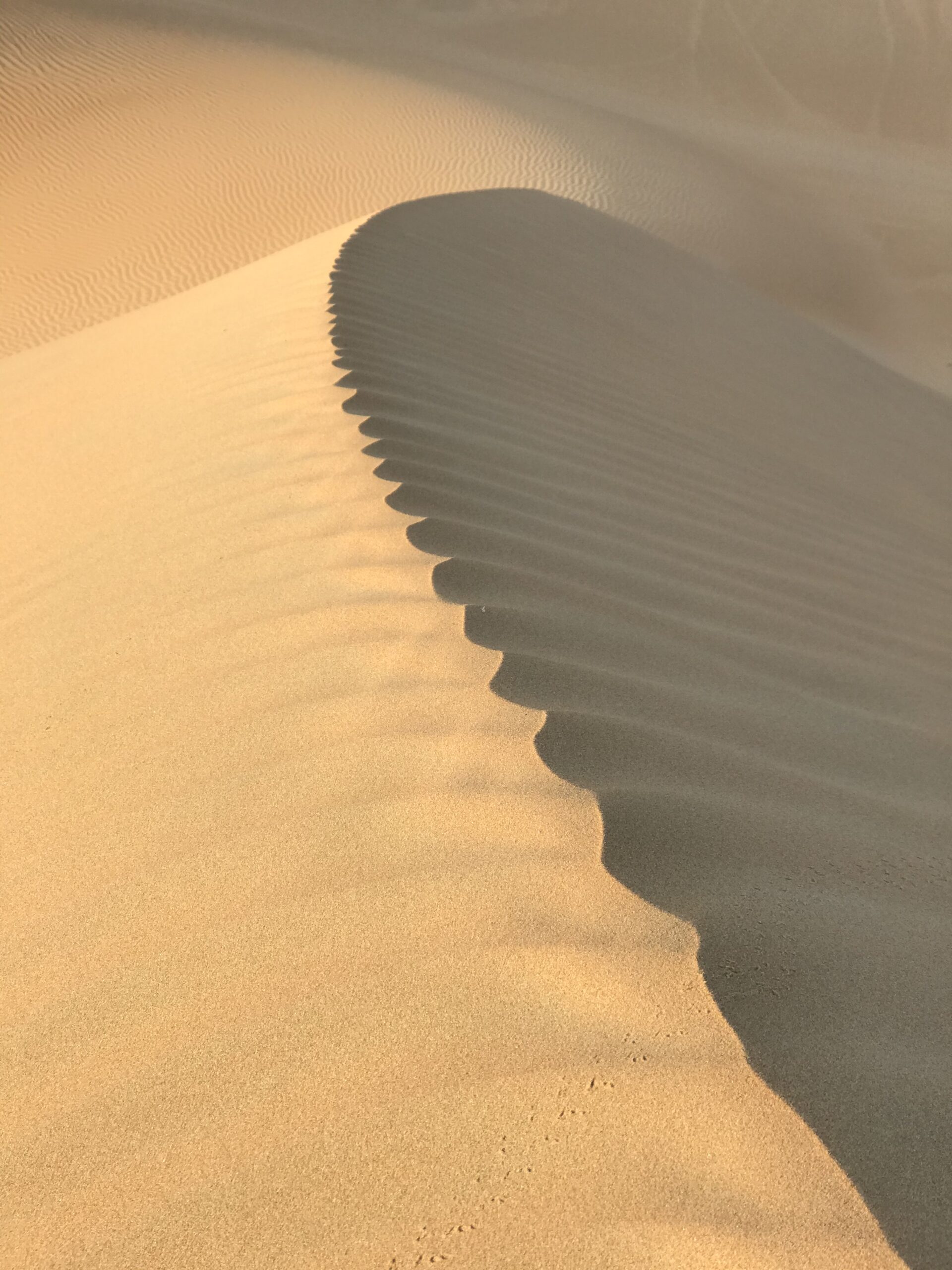Christmas is a celebration of bright joy and effulgent light. The brilliant star of the arrival of Christ outshines all other lights we can know. How, then, in this season of Advent, do we make sense of the darkness and doubt that lurk all around us, perhaps within us? How do we live with both light and shadow at the same time?
In Advent, in waiting, watching, and longing for Christ’s arrival, we place ourselves in the shadows, knowingly or not. In acknowledging the not-yet-ness of the Advent season, we agree to open our eyes to the darknesses—both big and small—in our world: doubt, fear, disappointment, hopelessness, brokenness, injustice, and loss. Amid this deep darkness, we furtively look around for a chink of light. At times it is hard to find. We long for Christ to return and redeem all things unto himself.
But light is coming. It begins with a distant glow of hope in what will be, and, as the light rises overhead, the shape of reality grows clearer.
Three years ago, I spent an overnight sleeping (rather, not sleeping) under the stars in the Abu Dhabi desert. Awake through the night, I lay on the peak of my dune watching Orion rise in the east, pass overhead, then set in the west. Except for the very dim light of the stars, all was pitch-black darkness. I could not see the shape of anything around me. I have never felt so small or alone as I did then; surely the darkness had covered me and the light about me had become night (Ps. 139:11). Aloud, I begged God to keep company with me—my tiny voice in a vast desert—but heard only the faint wind over the sand. It was just so dark.
Imagine my relief when the sun finally started to rise. Light brought clarity and definition. I could see the shapes of things again: horizon, dunes, my friends’ tent a few dozen yards below. As I quietly explored in the growing light, a detail caught my attention: The shadowed side of a sand dune was rising up to meet its bright sun swept twin on the other side, the two faces knitted together in a zigzag sort of dance. The dark face on the west side of the dune was giving proof of the light on the east side. It was as if the dividing line between the two was saying to me, “Here is darkness; here is light.” In the context of shadow, I had become aware of light. I paused in that moment to capture this photo because it felt important.
With the coming sun, the shadow would soon recede and be gone altogether.
Is this a way in which we could embrace Advent darkness in the bright joy of Christmas hope: receiving the darkness, yet doggedly clinging to a greater-than-darkness light? Can we acknowledge doubt, brokenness, and loss while also looking toward the rising sun of Christ? Can we trust this God who wraps himself in light (Ps. 104:2) to one day wipe out darkness altogether?
We read in John’s gospel:
“The light shines in the darkness, and the darkness has not overcome it.” —John 1:5 (ESV), and
“Jesus spoke to them, saying, ‘I am the light of the world. Whoever follows me will not walk in darkness, but will have the light of life.’” —John 8:12 (ESV)
In this Advent time, are there dark places in which you are desperate to see the shape of things? How are you inviting Jesus to illuminate these shadows for you? How might you hold both light and shadow together in God’s company, knowing that He has already overcome the darkness?
Take heart, friend: the Light of the World is coming.

Abu Dhabi Desert, UAE, 2019
